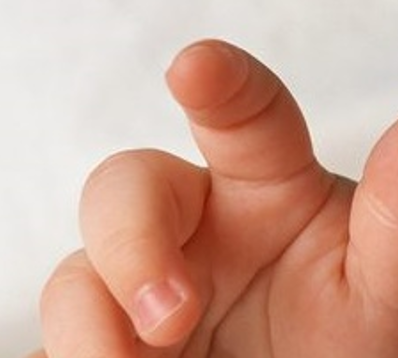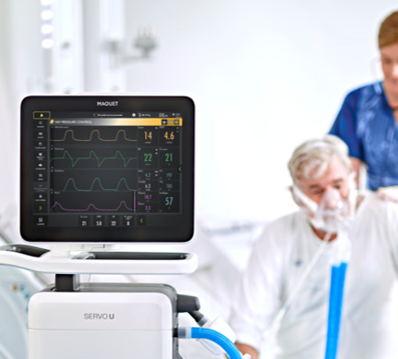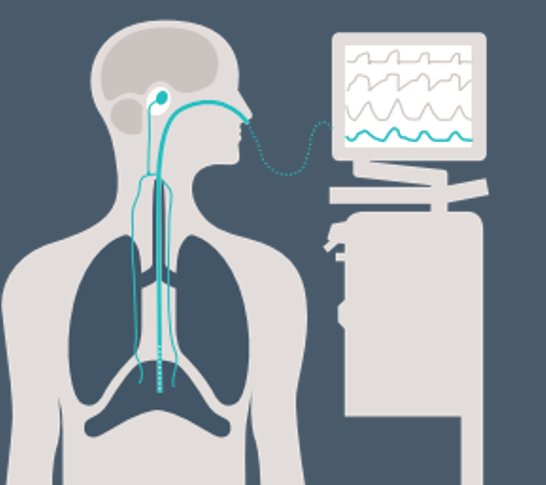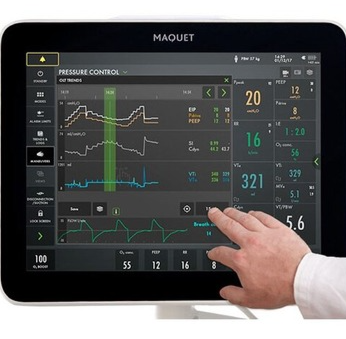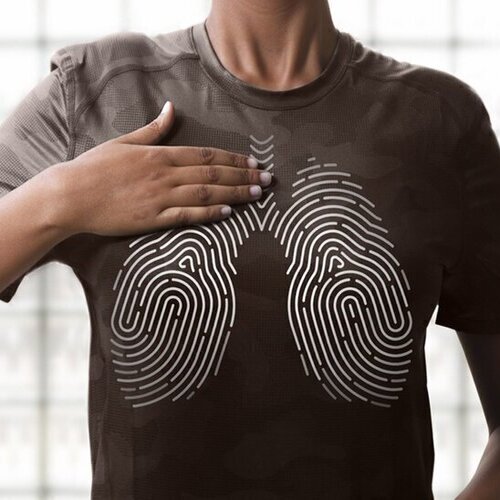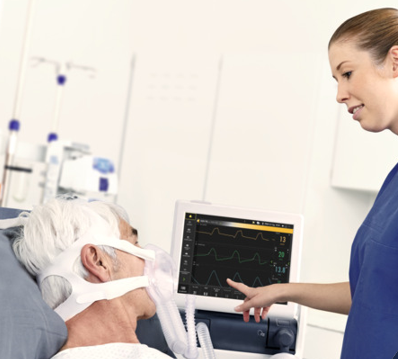Neonatal Clinical Series Webinars
-
The Importance of Early Intervention for Neonatal Ventilation
-
NAVA Case Studies in Newborns
NAVA and Edi Monitoring: A Strategy for Successful Ventilator Weaning
This webinar will focus on the comprehension and the influence of diaphragmatic dysfunction on weaning outcomes. The program will discuss Edi monitoring as an assessment tool for weaning readiness and work of breathing
NAVA, NIV NAVA & Edi Monitoring
This presentation will introduce the participant to spontaneous breathing and the physiological mechanisms of breathing. It will discuss the importance of the lungs as well as the brain and the diaphragm in ventilation. Participants will be introduced to Neurally Adjusted Ventilatory Assist (NAVA) and Edi signal and its vital importance to respiration.
Volume Targeted Ventilation in the Neonate
This presentation will describe the basic use of Volume Targeted Ventilation (VTV) in infants and why this is a safe and relevant option for the NICU today. We will discuss the goals of VTV, implementation, and special considerations while using this mode of therapy.
Introduction to Servo-u/n Ventilator Graphics
This live, one-hour web seminar will include a review of how to identify scalars and loops displayed on Getinge’s Servo-u and Servo-n mechanical ventilators.
ARDS Goal Directed Lung Protection
This web seminar will focus on goal-directed lung protection utilizing ventilation tools and therapies compliant with ARDSnet protocol.

Lung Protective Ventilation & Open Lung Tool
This web seminar will focus on detecting risks for lung injury early and supporting with timely and consistent implementation of your personalized ventilation strategies. We will focus on how to tailor and monitor ventilation to keep within a lung- and diaphragm-protective range that meets hospital protocol. All to reduce the risk of ventilator-induced lung injuries.

Ventilator Induced Diaphragmatic Dysfunction (VIDD); Perpetuating Dependence on Mechanical Ventilation
This web seminar will focus on evidence for mechanical ventilation as a cause of diaphragmatic dysfunction outlines our current understanding of the cellular mechanisms responsible for this phenomenon and presents the current research available to guide evidence-based therapeutic strategies.
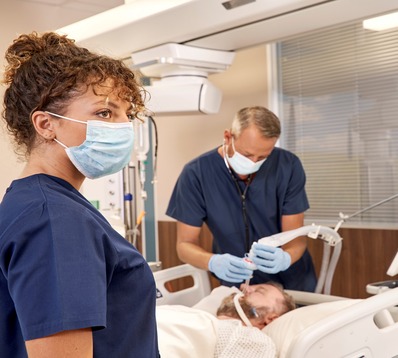
Introduction to Bi-Vent/APRV
This web seminar includes information on defining Bi-Vent (APRV) and the benefits of Bi-Vent (APRV). We will discuss set parameters, adjustments to the ventilator settings based on arterial blood gas results, and patient assessment.
Servo-u/n/air Non-invasive Ventilation & High Flow Therapy
This web seminar will focus on Non-Invasive Ventilation (NIV) and its indications. We will also review Servo-u and Servo-n ventilator NIV modes as well as standard settings. The program will include information on High Flow therapy as well.

